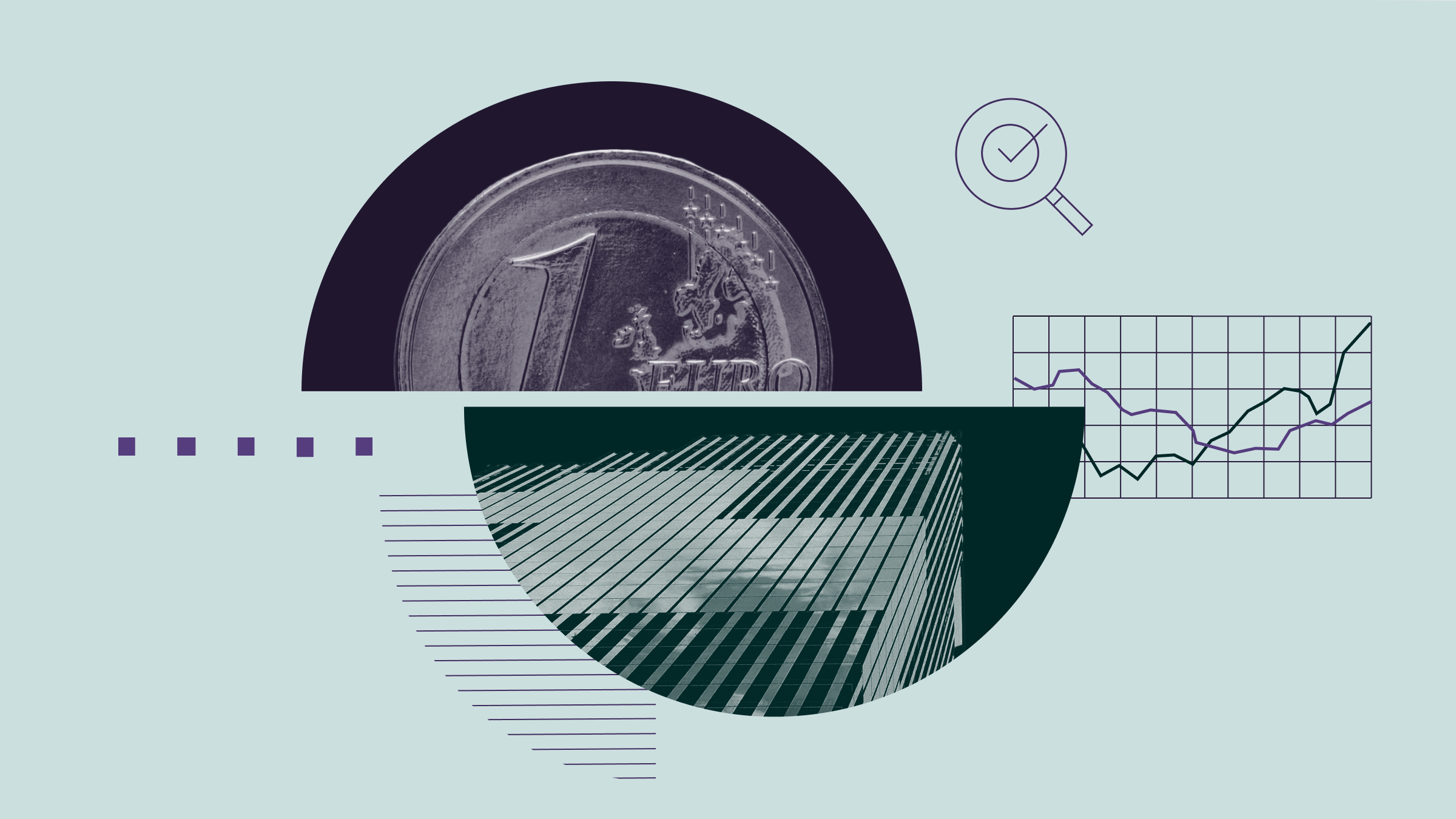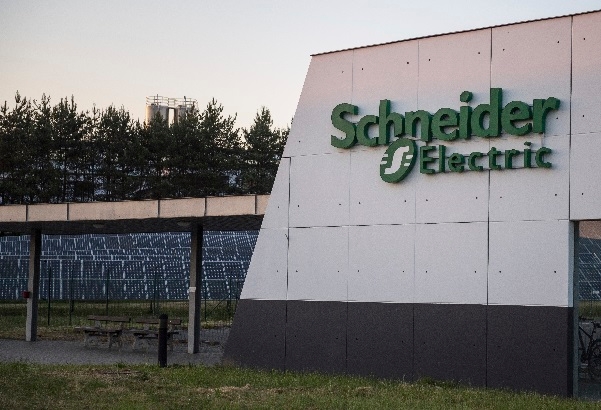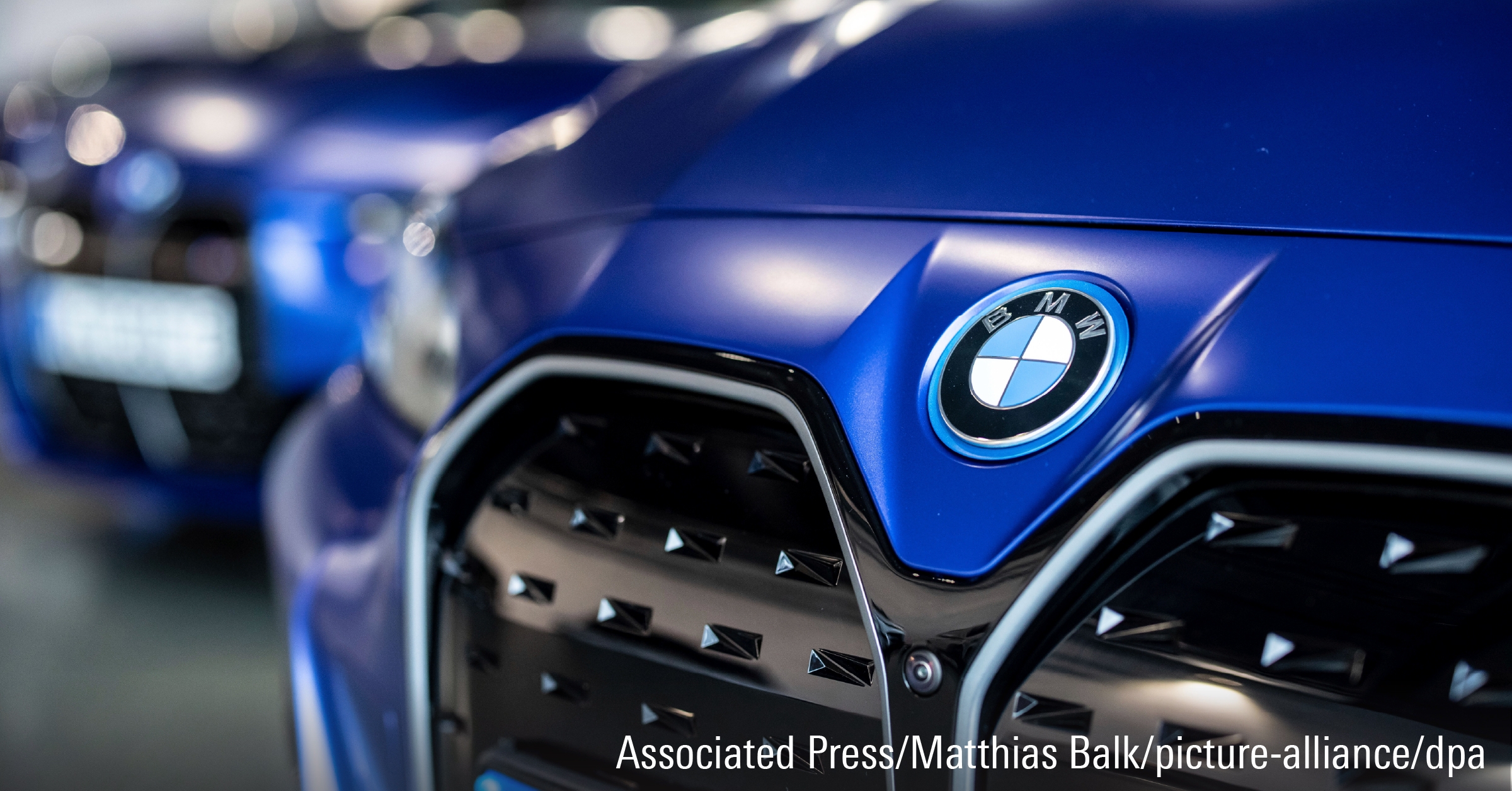Rolle im Portfolio
The Lyxor ETF MSCI AC Asia Pacific ex Japan provides exposure to large- and mid-cap stocks within many of the developing and developed market of Asia, outside of Japan. Many of the component countries have seen their importance on the global stage rise dramatically in recent years. The Chinese economy now ranks third in the world, behind only Europe and the United States. The MSCI AC Asia Pacific ex-Japan Index is diversified across a large number of individual holdings, and has representation from a number of industries, but the Financials sector makes up a large portion of the total. Returns from the underlying index have been quite volatile, exhibiting annualised standard deviation of almost 18% since 2001. But they have been less erratic than those of the individual countries that make up the biggest parts of the index, bar Australia. During the same period, correlations to the local currency returns of the S&P 500 and the MSCI Europe Index were 82% and 83%, respectively.
Fundamentale Analyse
Though covering a number of different countries, the MSCI AC Asia Pacific ex-Japan Index will be considerably impacted by the fortunes of China, which is a significant weight in the index and also the region’s biggest economy and a vital trading partner to its neighours. China, having gone through a period of remarkable growth, now faces the prospect of slowing down, and much will depend on whether its economy can achieve a “soft landing.” GDP growth, while still robust, fell to an annualised rate of 8.9% in the fourth quarter of 2011, and the Chinese government recently targeted a 7.5% figure for 2012. Inflation, as measured by the consumer price index, was 4.5% in January, higher than the previous two months but down from October’s 5.5% reading. The real estate market, long a major driver of growth, is beginning to show signs of stress. Against this backdrop, the People’s Bank of China is walking a monetary policy tightrope, trying to find a balance between growth and inflation. After a couple of years of policy tightening, including rules designed to curb home-buying, China has recently swung in the other direction, reducing banks’ reserve requirements in an attempt to get things moving again. One of the major factors contributing to China’s slowdown is that its economy is largely built on exports, and with many parts of the developed world spiralling back into recession, the demand for those exports has begun to dry up. As the beleaguered developed-world consumer continues to pare back, China will have to rely more and more on domestic demand from its own burgeoning middle class. Australian markets have been doing very well, in large part due to the country’s vast stock of natural resources, which have been on a terrific bull run for many years. The commodities story has been driven by China, and the growing demand for resources from its rapidly expanding middle class, and also by Malthusian concerns of running out of the “stuff in the ground.” Countries like Australia, with lots of resources and a stable government, have been huge beneficiaries of this trend. The concern right now is that the cycle may be getting long in the tooth, and with China slowing down and other parts of the world in recession, the demand for raw materials could fall considerably. The economy of South Korea has grown dramatically in the past few decades. According to The Economist, it now boasts a GDP per head that is higher than the European Union average. Much of the private sector growth has been driven by a system of very large conglomerates. Many of these chaebol have been tremendously successful – witness the rise of such familiar names as Samsung, LG, and Hyundai – but corporate governance concerns have dogged them as a result of their family-run structure. South Korea’s fortunes depend heavily on China, which is the largest market for its exports. Since March 2001, the MSCI AC Asia Pacific ex-Japan Index has posted an annualised return of 9.01%, far outpacing the local currency returns from developed markets during the period. Of the largest country components, Taiwan has been the laggard, returning 4.18% over the same period, versus the strong showings of 14.87% and 12.01%, respectively, from South Korea and China.
Indexkonstruktion
The MSCI AC Asia Pacific ex-Japan Index is a free-float market capitalisation-weighted index consisting of 689 constituents across 14 countries: Australia, Hong Kong, New Zealand, Singapore, China, India, Indonesia, Korea, Malaysia, Pakistan, the Philippines, Sri Lanka, Taiwan, and Thailand. The index covers approximately 84% of the market capitalisation of these markets. New entrants must pass minimum requirements for liquidity and length of trading history. It is reviewed quarterly, and rebalanced semi-annually with new size cut-offs calculated. As of the end of January the index’s top country weights were Australia at 25.5%, China at 18.3%, South Korea at 15.3%, Taiwan at 11.1%, and Hong Kong at 8.3%. Financials was far and away the largest industry weighting at 33.8% of the total, followed by Information Technology at 13.2%, Materials at 13.1%, Industrials at 8.6%, and Energy and Consumer Discretionary at 7.7% each. There is limited portfolio concentration, with the top 10 names making up roughly 20.7% of the total. But that masks higher concentration within particular markets. Securities issued under the umbrellas of Samsung, LG, and Hyundai account for more than half the total South Korean exposure. And more than 14% of the Australian exposure comes from BHP Billiton, the index’s top exposure.
Fondskonstruktion
The fund uses synthetic replication to provide exposure to the underlying benchmark, entering an unfunded swap transaction with counterparty Societe Generale. The fund uses investors’ cash to buy a basket of securities, which is then used as collateral in the swap. Lyxor provides full transparency on the components of the substitute basket, which is made up predominantly of publicly-listed equities. The fund aims to maintain zero counterparty exposure by resetting the swap on a daily basis. Under the terms of the swap, the counterparty agrees to provide the fund with exposure to the total return of the underlying index, net of any costs or fees associated with providing the exposure. The fund does not engage in securities lending activity. At present the fund has assets of €394 million.
Gebühren
The fund’s total expense ratio (TER) is 0.65%, which is pricier than some of the alternatives offering exposure to Asia ex-Japan equities. Other costs potentially borne by the unitholder but not included in the TER include swap fees, bid-ask spreads on the ETF, transaction costs on the infrequent occasions when the underlying index holdings change, and brokerage fees when buy and sell orders are placed for ETF shares.
Alternativen
To get exposure to equities in the Asia ex-Japan region, there are a few choices, albeit referencing different underlying indices. Possible alternatives include Amundi ETF MSCI Pacific ex-Japan, iShares MSCI AC Far East ex Japan, db x-trackers MSCI AC Asia ex-Japan, UBS-ETF MSCI Pacific (ex-Japan), and HSBC MSCI Pacific ex-Japan. Of these, the iShares fund is the largest, with assets of $2.1 billion. The fund with the lowest TER is the HSBC product, at 0.40%.

















